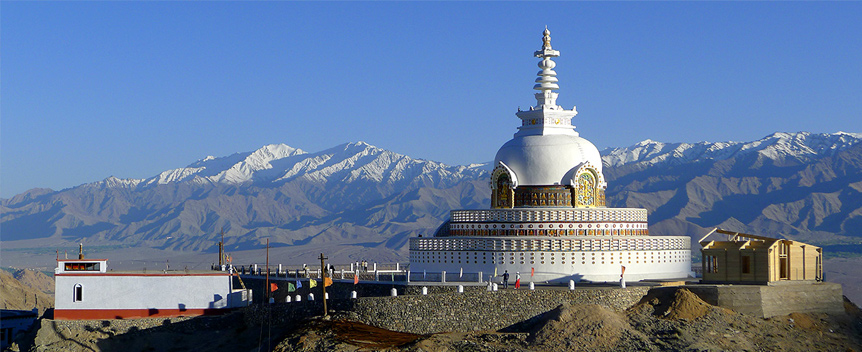The recreation center ranges in rise from 2,800 m (9,200 ft) to 4,039 m (13,251 ft) at Chuchemara Peak on the southern side of Rara Lake. On the northern side, the pinnacles of Ruma Kand and Malika Kand outline the high freshwater lake, which is the biggest lake in Nepal with a surface of 10.8 km2 (4.2 sq mi) and a most extreme profundity of 167 m (548 ft). It is oval-molded with an east-west pivot, a length of 5 kilometers (3.1 mi) and a width of 3 km (1.9 mi) depleting into the Mugu-Karnali River by means of Nijar Khola.
Rara National Park is overseen by the Department of National Parks and Wildlife Conservation and ensured with the help of the Nepal Army.
Atmosphere
The atmosphere of Rara National Park is charming amid the late spring, however turns out to be extremely frosty amid the winter, as a result of the elevation. The best times to visit the recreation center are in September, October, April, and May. Amid the winter, temperatures drop beneath solidifying, and numerous high passes get to be hindered by snow. The mid year is warm, yet June to August is storm season, making the trek to Rara National Park troublesome.
Vegetation
Fauna
Fifty-one types of warm blooded creatures, 241 types of winged creatures, two types of reptiles and creatures of land and water, and three types of fish have been recorded from the recreation center including musk deer, red panda, snow panther, Himalayan mountain bear, Indian panther, jackal, Himalayan tahr, yellow-throated marten, otter, dhole, dim langur, and rhesus macaque.
There are 241 recorded types of feathered creatures, including 49 wetland species. Coots are regularly found in the lake. Amid the winter, extraordinary peaked and dark necked grebes, red-peaked pochards, mallard, normal greenish blue (Anas crecca), and basic merganser are basic. Different winged animals seen frequently incorporate the Himalayan snowcock, chukar partridge, Himalayan monal, kalij fowl and blood bird.
In 1979, three endemic snowtrout species were gathered in Lake Rara and portrayed as new species: the Nepalese snowtrout Schizothorax nepalensis, the Rara snowtrout Schizothorax raraensis and Schizothorax macrophthalmus.Also in 1979, the frog species Paa rarica has been initially recorded as endemic to the lake.
Tourism
Rara is not for the most part a visitor goal, as there are practically no housing inside the recreation center, no wellbeing post, and it is hard to get to.Visitors must fly from Kathmandu to Nepalgunj, trailed by a flight to Jumla or Kolti. From that point, a three-day trek will convey them to the recreation center office. On the other hand, guests can fly out from Nepalgunj to Surkhet, where it is a ten-day trek to the recreation center. The lake has not got more than 200 voyagers in any year. Experienced trekkers can visit the national stop by means of any of these courses, and Rara National Park is a fascinating goal for some intrigued by observing different vegetation, fauna, and landscape exceptional to the region.
GORP author Bill Greer portrayed Rara Lake as: "a shining blue gem set in a ring of cold pinnacles"
Another travel essayist portrays a trek in the recreation center:
"Albeit more trampled than before, the street to Rara Lake is still with no of the agreeable administrations accessible along more well known trails. Strategically it is not a simple trek; it is difficult to get to and from, and it is an authoritative test, requiring educated aides and doormen to tote the two weeks of material that will keep you warm, dry and encouraged. It is likewise intense on the bones, including a few 11,000-foot passes. Notwithstanding, once you conquer the impediments, the prizes are army: few if whatever other trekkers, exceptional regular magnificence, "untouched" towns, delighted calm… "
There are no settlements inside the limits of Rara National Park, as the two towns once inside the zone, Rara and Chhapru, were resettled in the Banke District when the secured region was built up. Farming is the reason for the nearby economy in the encompassing territories, which has prompted to contamination inside the recreation center. Dregs from the encompassing slopes and in addition sewage and strong waste undermine the recreation center.

Post a Comment